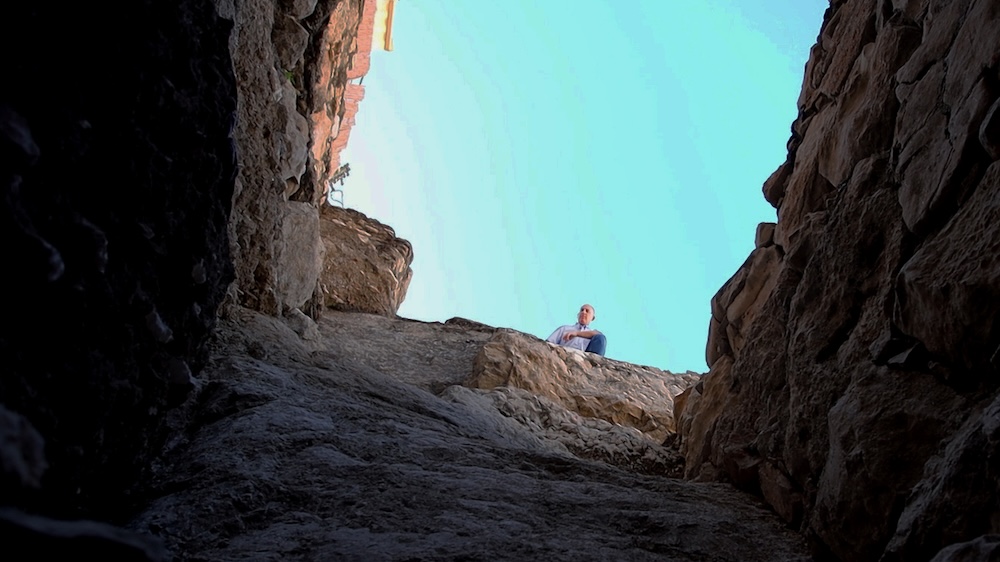Moat that protected ancient Jerusalem's royalty discovered near parking lot
After a 150-year search, archaeologists found the moat near a parking lot in Jerusalem.

Archaeologists have discovered the remnants of a massive moat that once fortified the acropolis area where royalty lived in Jerusalem thousands of years ago.
The steep, perpendicular sides of the moat would have made it "impassable" to intruders, according to a statement from the Israel Antiquities Authority (IAA).
For the past 150 years, researchers have searched tirelessly for the structure, which divided the city in two. Archaeologists remain unsure of when the large expanse — which measures roughly 30 feet (9 meters) deep, 98 feet (30 m) wide and 230 feet (70 m) long — was built. However, they do know that it was in use approximately 3,000 years ago, when the city served as the capital of the Kingdom of Judah, according to the statement.
"During those years, the moat separated the southern residential part of the city from the ruling acropolis in the north [and] the upper city where the palace and the temple were located," Yuval Gadot and Yiftah Shalev, the dig's executive directors, said in the statement.
"Such significant construction plans and quarrying in Jerusalem are usually dated to the Middle Bronze Age — about 3,800 years ago (the beginning of the 2nd millennium B.C.)," Shalev added. "If the moat was cut during this period, then it was intended to protect the city from the north — the only weak point of the City of David slope."
The finding is tied to a biblical reference about how ancient rulers also tried to shape the area's topography. In the first Book of Kings (11:27), King Solomon is said to have built a construction known as "Millo." The passage reads, "…Solomon built up the 'Millo' and closed up the breach in the wall of the City of David his father," according to the statement.
Related: King Solomon's mines were abandoned and became a desert wasteland. Here's why.
It would have taken a large feat of engineering to construct such a giant barrier, since the project would have involved "extensive quarrying" that would have "reshape[d] the topography" of naturally formed rock walls, according to the statement.
Get the world’s most fascinating discoveries delivered straight to your inbox.
In the 1960s, British archaeologist Kathleen Kenyon came close to finding the moat, which is now located near a parking lot in Jerusalem Walls National Park. Initially, she thought the structure was a "natural valley," but in fact, it was a "continuation of the moat."
"She was excavating in a small and narrow area and didn't understand what exactly this trench [was used for]," Gadot said in a video about the recent discovery. "Now we can take [the] two excavations together and realize that there is a trench that begins here and ends 70 meters [230 feet] away from us."
The results of the excavation were presented at the City of David's Jerusalem Studies Experience conference in July, according to the statement.
"When you stand at the bottom of this giant excavation, surrounded by enormous hewn walls, it is impossible not to be filled with wonder and appreciation for those ancient people who, about 3,800 years ago, literally moved mountains and hills," Eli Escusido, director-general of the IAA, said in the statement.
Jennifer Nalewicki is former Live Science staff writer and Salt Lake City-based journalist whose work has been featured in The New York Times, Smithsonian Magazine, Scientific American, Popular Mechanics and more. She covers several science topics from planet Earth to paleontology and archaeology to health and culture. Prior to freelancing, Jennifer held an Editor role at Time Inc. Jennifer has a bachelor's degree in Journalism from The University of Texas at Austin.


